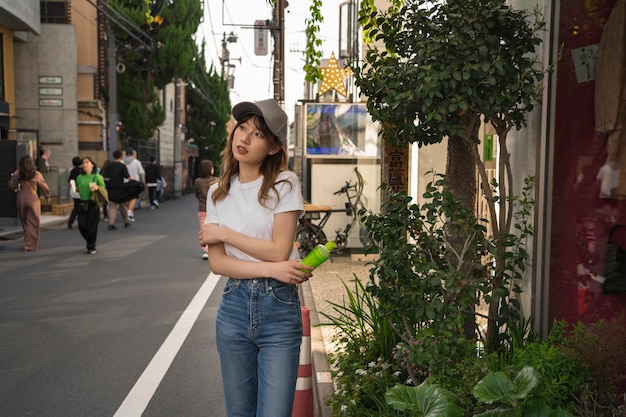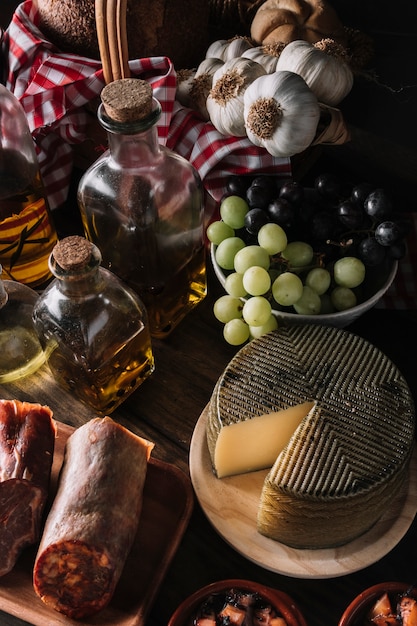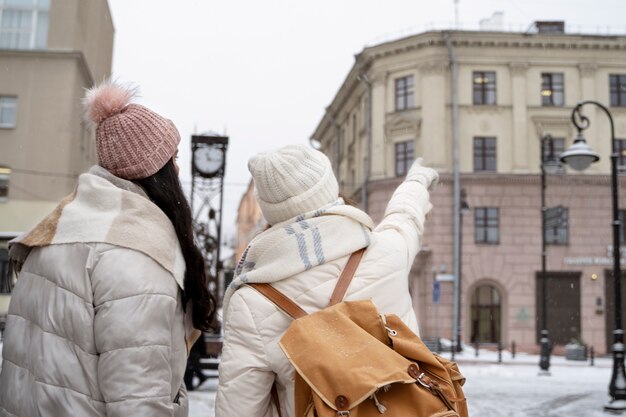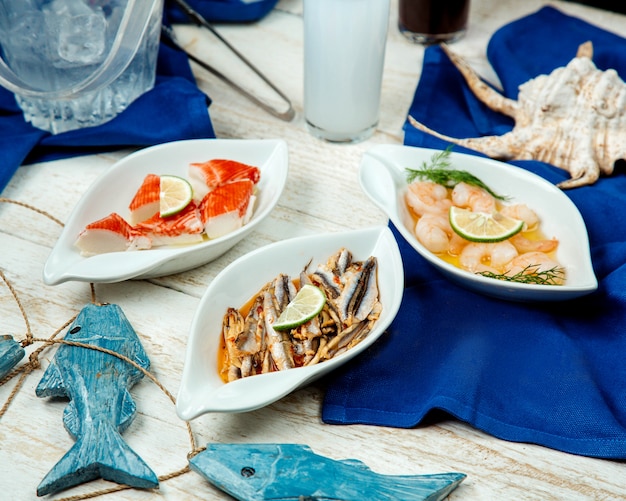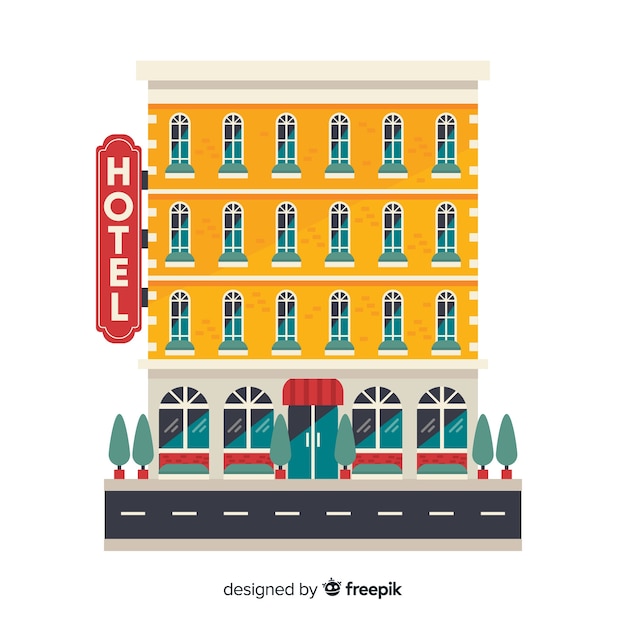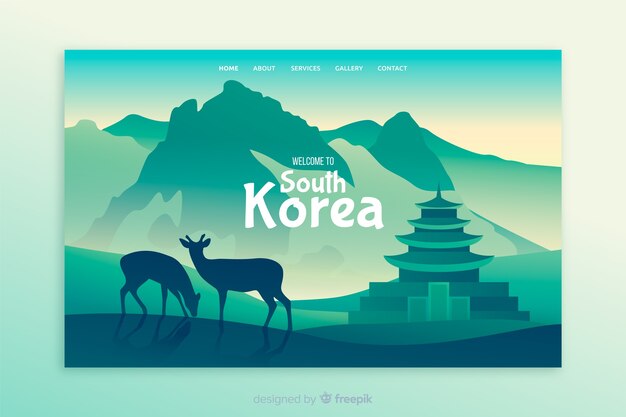
If there’s a stereotype about the North-South divide in England, I’d consider myself a soft Southerner who loves the arts, while my husband’s family are the gritty Northerners who made their living from mining and engineering. But after visiting the Great Exhibition of the North in Newcastle Gateshead, I was convinced that the North has plenty to be proud of in arts, design, and innovation.
To celebrate the North’s achievements, the Great Exhibition of the North in Newcastle Gateshead is a free, summer-long event featuring amazing exhibits, live performances, displays of innovation, new artworks, and unforgettable experiences packed into 80 days.
The exhibition is based in Newcastle Gateshead, an industrial powerhouse of the North with a history of coal and industry, now transformed into a hub of arts and culture. You can see 50 Northern icons like Stevenson’s Rocket, the Beatles, and The Angel of the North depicted in murals, or enjoy the 100 best Northern songs, including hits from 10cc, Roxy Music, and Sting. While I’m not sure the North’s culinary achievements are fully represented by Yorkshire Tea and Greggs, there’s still a lot to celebrate!
I started my day at the Sage Gateshead, an iconic events and music center on the banks of the Tyne. Its curved glass body reflects like a mirror by day and glows from within by night. At the opening day media event, I spoke with Carol Bell, Executive Director of the Great Exhibition, who explained the concept behind it.
The exhibition uses three hubs: the Great North Museum, the Sage Gateshead, and the Baltic Centre of Contemporary Art. Between these hubs, there are three trails exploring Great Northern Innovation, Art, and Design. Visitors can start the trails at any of the hubs or in the middle and engage with the art and design across the North.
At Sage Gateshead, there’s a series of live gigs and weekend festivals throughout the summer, featuring everything from community choirs to rock, folk, and gospel. The North in 100 songs exhibition showcases portraits by Manchester-based illustrator Stanley Chow, based on the 100 favorite songs voted by the people of the North.
The Remake a Take Movie Trail highlights films or TV dramas shot in the North East, including scenes from Get Carter, Billy Elliot, and 24 Hour Party People. In Newcastle Gateshead, you can relive scenes from Brief Encounter at Newcastle Central Station or Chicken Run at Ouseburn Farm.
Outside Sage Gateshead, I experienced Protomusic#1, a soundscape installation by Yorkshire-based music producer Mark Fell. The sounds of the North, submitted by the public, range from wind blowing through a factory floor to the roar of a football crowd. The immersive experience made me feel like I was at a real-life match.
Just along the quayside from Sage Gateshead is the Baltic Centre for Contemporary Art, housed in the landmark Baltic Flour Mills. It’s an international center for contemporary art with several special exhibitions for the Great Exhibition of the North. On Level 4, I visited the Idea of the North exhibition, featuring mini-exhibitions with Northern themes, and enjoyed the great views over the Tyne from the viewing platform.
In Baltic Square, I saw the sculptures in Ryan Gander’s installation, To Give Light. Each of the 10 concrete shapes attached to a chain represents an object with a Northern connection designed to emit light, like the miner’s lamp and light bulb. The sculptures glow in the dark in the evening.
I walked to the Northern Design Centre to see a series of murals created for the Great Exhibition of the North. Local artist Frank Styles painted 50 murals in 50 days, celebrating Northern ingenuity with icons like the first passenger train, the Rocket, and the light bulb by Joseph Swan.
Crossing the Gateshead Millennium Bridge to the Newcastle side of the Tyne, I used the exhibition’s mobile app to explore artwork in the Ouseburn Valley. The trail started near the Cycle Hub café and cycle shop, a good lunch stop or place to hire a bike. The Ouseburn Valley, once a hive of industry, is now a creative and digital hub with artists’ studios, a community farm, and the Seven Stories National Centre for Children’s Books.
I followed the Winged Tales of the North series, inspired by Northern writer David Almond’s magical stories. The path led alongside the narrow river channel, where painted fishing boats sat on the muddy river bottom at low tide. The Tyne Bar pub under the Glasshouse bridge was popular in the sunshine, with striking street-art murals.
I found the first Winged Tales of the North piece under the bridge, called Essalamus, and continued to the old Toffee Factory, now a creative and digital center. The colorful hoardings called to the winged creature within me, and I saw more poetry created by Hannah Fox and local primary school children.
In the shadow of the Byker bridge, I reached the creative hub of the Ouseburn Valley, home to the Ouseburn Trust, Ouseburn Farm, and Seven Stories Bookshop. Here, I saw the Exhausted Angel piece from the Winged Tales of the North series and painted bird boxes created by school children.
My final stop was the Ancient Place mural by artist Faunagraphic with lettering by Ciaran Globel. The free outdoor art trail is accompanied by an exhibition at Seven Stories, delving into David Almond’s dreamlike world and the North East through his eyes.
After my walk, I returned to Newcastle city center to check into my hotel before the evening’s opening event. The Great North Museum, transformed for the exhibition, features Damien Hirst artworks and John Lennon’s piano, with Stephenson’s Rocket nearby at the Discovery center.
I passed striking installations like Grey’s monument, now a Worker’s Maypole, and saw another installation being set up at the Theatre Royal, creating a poem from everyday happenings around Newcastle. At the Intu shopping center Eldon Square, I saw the Little Black Graphene dress, designed to change color using tiny LED lights based on the wearer’s breathing.
Back at my hotel, Motel One in Newcastle, I was impressed by the trendy bar space and stylish, compact bedroom. The hotel’s location is perfect for visitors to the Great Exhibition of the North, just a ten-minute walk from Monument or Central Metro stations and an easy walk to the Tyne.
After a quick drink and meal at The Bridge Tavern, I attended the Great Exhibition of the North opening event. The evening featured music, water fountains, and fireworks, with performances by Maximo Park and a light show created with 100 drones. The water sculptures in front of Sage Gateshead shot into the air, their colored jets timed to music, and the fireworks display provided a fantastic finale.
The Great Exhibition of the North continues until 9 September 2018, offering a free celebration of Northern arts and culture. Download the smartphone app to create a personalized trail and explore the art installations around Newcastle Gateshead. The city is easily accessible by flight, train, or car, and the exhibition is a perfect reason to plan your visit to Newcastle.

